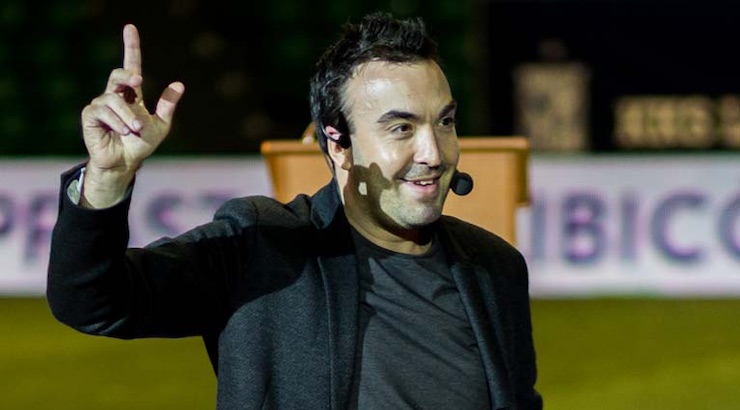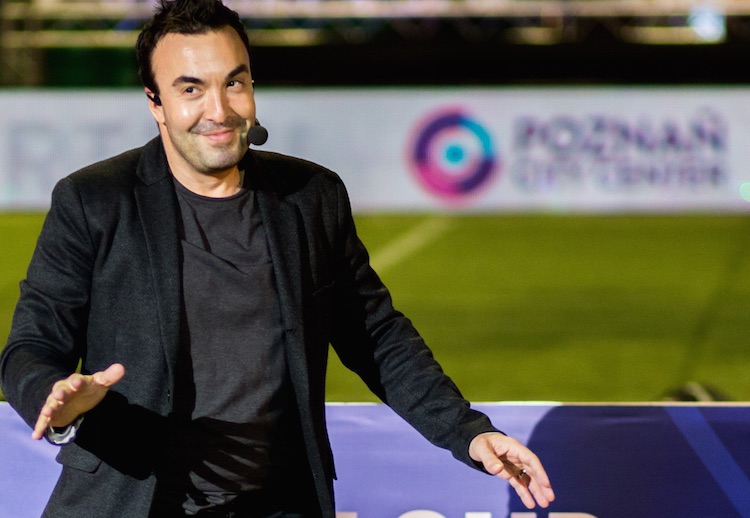Take Time To Brainstorm and Look At A Different Perspective
Want to get ahead and really help your soccer career reach the next level? Read Dan Abrahams on SoccerToday. Learn to think, train and play like the best soccer players in the world — learn from the man who works with them and helps them be better.
A global sports psychologist and author specializing in soccer, Dan Abrahams is based in England and works with professional soccer players in the English Premier League (EPL). Abrahams has helped hundreds of soccer players – many who play in the English Premier League (EPL). From working with players at Crystal Palace to QPR, Fulham, and West Ham among others, Abrahams makes a huge difference. Abrahams has authored several books and has a Soccer Academy as well.

Soccer Coaches: How Does What We Do Look To The Players We Want To Inspire?
There’s a great clip on YouTube involving the late Apple founder, Steve Jobs.
It’s a couple of decades old now, and the footage is a bit fuzzy, but it’s fairly compelling viewing.
The video was taken at a time when Steve Jobs had returned to Apple — the company he had originally formed.
In this video, Steve Jobs was challenged by an Apple employee who complained that a new product was inferior to an older version of a similar product, and put up a technical argument by way of explanation. The employee’s statement was likely designed to antagonize the returning CEO.
What happened next was interesting.
There was silence. A long pause.
Steve Jobs considering his response, calculating his answer. And then he did answer. He answered the question, slowly, carefully, building speed as his confidence grew in what he was saying. He explained that, in his opinion, great products are only great if the customer enjoys using them. It’s the customer experience that matters, not the technology.
“You’ve got to start with the customer experience and work backward to the technology,” explained Steve Jobs.
Wow! This demonstrates the different lenses people can see things through.
The employee, probably a ‘techy kinda guy’ looked to the efficacy of the technology. Steve Jobs, the marketer, looked at how the public views the experience of using the product.
So what has this got to do with coaching soccer? A lot!
Allow me to play with the idea of putting ‘experience first’.
When you sit down to write your activities, you have to start by picturing your players’ experience first before you get into the X’s and 0’s, before you get to your principles of play or your game models. Why? Because your job as a coach is to engage players, enabling them to learn and to build the capacity to use what they learn to compete.
What do you want your players to experience?

Stretch and support: Finding the sweet-spot — when will I stretch players and how? When will I support players?
Read: DAN ABRAHAMS ON THE IMPORTANT OF SOCCER PLAYERS BEING CONSISTENT
Sweat and smiles: How can I make some activities fun, how do I toughen up other activities? It is also important to ponder the following:
- Player involvement — small groups, huddles, player-led solutions?
- Communication — content, style, volume, timing?
- Instructions and questions — open and closed?
- Co-coaching — working alongside my assistants?
- The small details — body language, moving the session along?
There are so many questions.
- What do I want players to experience internally?
- How do I want them to work together?
- How do I want them to experience leadership and teamship?
- How can I help them build a relationship?
- How can I bring our values into this session?
- What feelings do I want to course through their body?
- What questions do I want them to ask themselves?
- How do I want to open the session to help build engagement, and how do I want to close the session to heighten curiosity?
When you take time to brainstorm the kind of experiences you want to surprise and delight your players with, then you give yourself a better chance to engage players and to help them to learn.
Remember, your soccer players carry your session’s home with them.
They reflect on them, they picture them, they question them, and they build confidence and joy around them.
Just like Steve Jobs, your responsibility is great — far wider than the Xs and Os.







